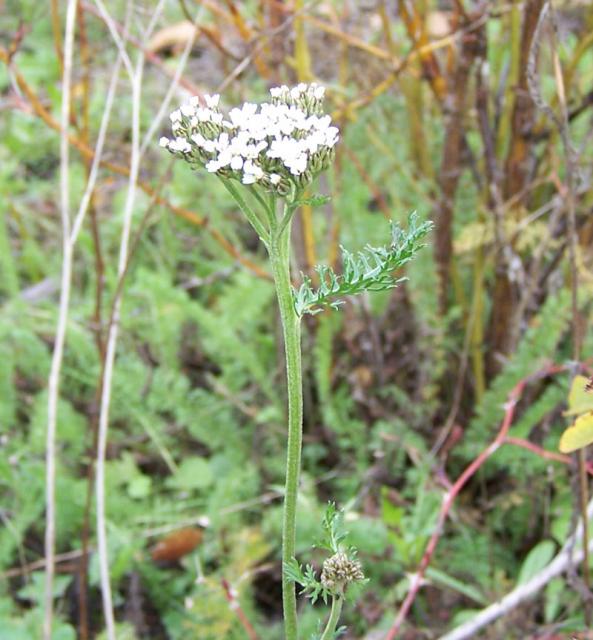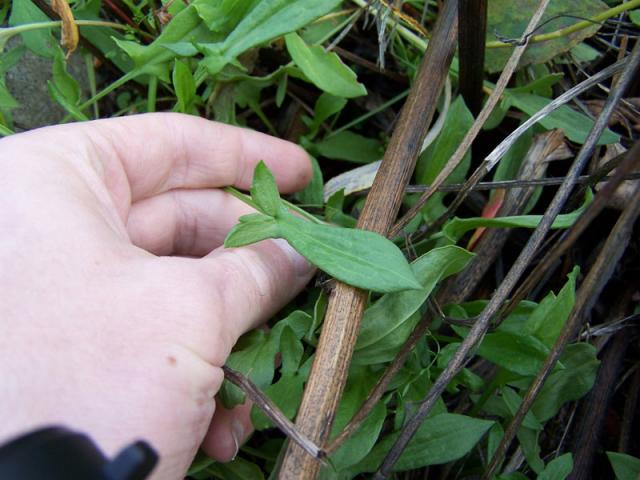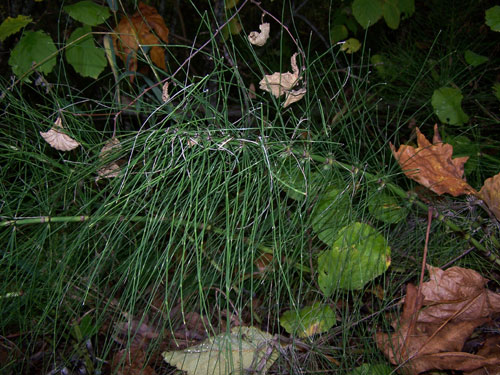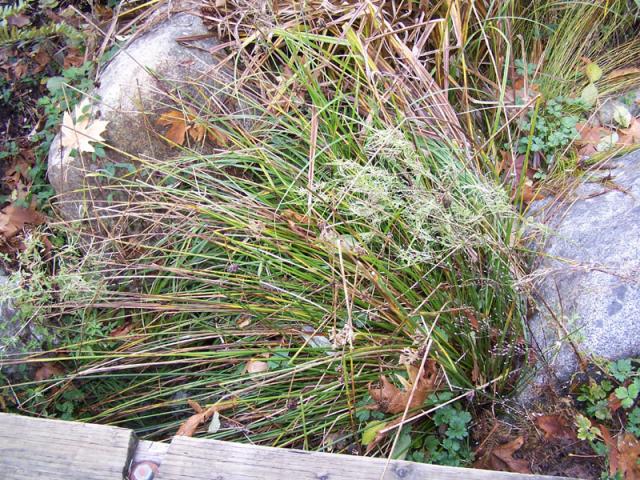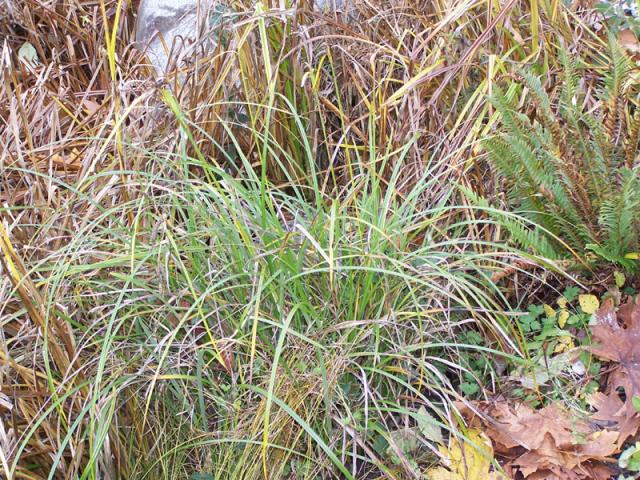User Login |
3. Plants1. Yarrow – Achilliea millefolium
Habitat: Not exactly a wetlands plant, but likes water and grows more quickly in wet places. In Washington it can be found just about anywhere. 2. Large-Leaved Lupine – Lupinus polyphyllus
Habitat: “Moist to wet, open habitats (seashore, streamside, wet meadows) and disturbed sites; at low middle elevations.” (PPNC 195) 3. Sheep Sorrel – Rumex acetosella
Habitat: Introduced from Europe, likes “disturbed sites at low to middle elevations … also sometimes established in undisturbed open forest …” Common in Washington. Weed. 4. Nootka Rose – Rosa nutkana
Habitat: “A variety of generally open habitats (shorelines, meadows, thickets, streamside areas, roadsides, clearings), at low to middle elevations.” (PPNC 74) 5. Horsetail – Equisetum arvense
Habitat: Grows anywhere it is wet, and in sand, gravel, and along roadsides and railroad tracks 6. White Clover – Trifolium repens 7. Rush
Unsure of species but likely common rush. 8. Red Osier Dogwood – Cornus stolonifera
Habitat: “Moist soil, typically in swamps and streamside forest and scrub, but also in open upland forest and thickets … bog forest edges, and disturbed sites; valley bottoms to middle elevations. (PPNC 90) 9. Tall Oregon Grape – Mahonia aquifolium
Habitat: “Commonly found in drier, more open (often rocky) sites than is dull Oregon-grape …” 10. Sword Fern – Polystichum munitum
Habitat: “Moist forest at low to middle elevations; abundant and widespread from central Vancouver island and adjacent mainland south, less common further north.” 11. Bracken Fern – Pteridium aquilinum Habitat: “Meadows, roadsides, clearings, sterile sandy soils, burns, avalanche tracks, dry to wet forests, acid sites such as lake-shores and bogs; often weedy; at low to subalpine elevations.” 12. Cattail – Typha latifolia
Habitat: “Marshes, ponds, lakeshores, and wet ditches, in slow-dlowng o quiet water; low to middle elevations.” 13. Kinnikinnik – Arctostaphylos uva-ursi Habitat: “Sandy and well-drained exposed sites, dry rocky slopes, dry forest and clearings; common and widespread, from low elevations to alpine tundra.”
4. Noble Fir – Abies procera Habitat: “Middle to upper-elevation coniferous forests, often associated with amabilis fir.” 15. Dandelion – Taraxacum officinale Habitat: “Introduced weedy species of disturbed sites at low to middle elevations.” 16. Various Asters 17. Douglas Spirea – Spiraea douglasii Habitat: “Streambanks, swamps, fens, lake margins and damp meadows. Low to middle elevations.” 18. Oregon Ash – Fraxinus latifollia
Habitat: “On moist to wet soils at low elevations, often near streams or in other areas that are occasionally flooded.” 19. Plantain – Plantago major
Habitat: “Roadsides, fields, pastures, lawns, at low elevations; common weed from southwestern B.C. south, infrequent northwards.” 20. Willow - unidentifiable
21. Sedge
Species unknown
22. Fungus
Species Unknown
23. Bird
Species Unknown
PPNC = Plants of the Pacific Northwest Coast MPPW = Medicinal Plants of the Pacific West IHNA = Indian Herbalogy of North America
categories [ Wetland-Open Stream Bank ]
login or register to post comments
|

